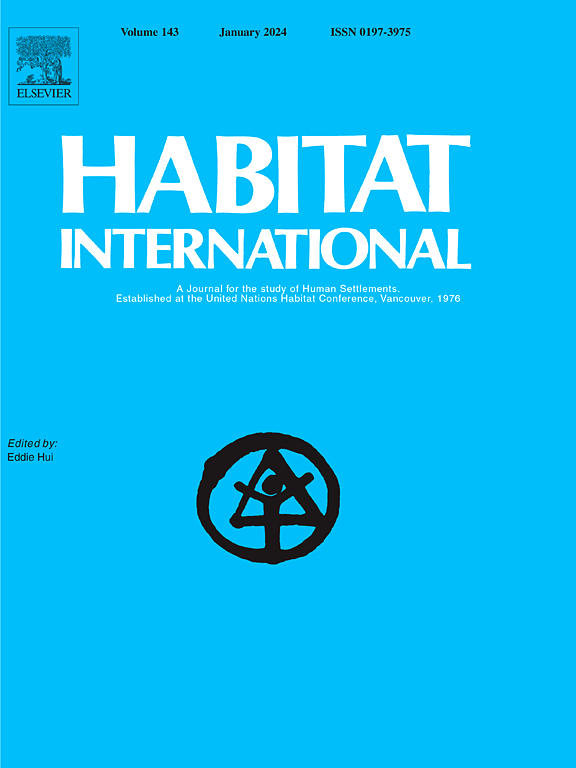How to achieve adaptive optimization of cultivated land multifunctionality? Insights from coupled supply-utilization-demand interactions
IF 7
1区 经济学
Q1 DEVELOPMENT STUDIES
引用次数: 0
Abstract
The adaptive optimization of cultivated land multifunctionality (CLM) is essential for ensuring its sustainable contribution to human well-being. However, the lack of integrated consideration of utilization, supply, and demand hampers the overall performance of CLM. To bridge this research gap, this study develops a theoretical framework for the adaptive optimization of CLM. Using quantitative evaluation, spatial analysis, threshold analysis, and composite zoning methods supported by multi-source data, it explores the spatial differentiation patterns, utilization characteristics, and zoning optimization strategies of CLM in the Yangtze River Delta (YRD). The results show that CLM in the YRD is marked by uneven utilization levels, robust supply capacity, and a relatively lagging demand. Influenced by spatial heterogeneity in utilization, supply, and demand, the utilization characteristics—using the supply–demand matching relationship as a threshold—accurately reveal the practical challenges of CLM. Notably, the agricultural production function highlights the unfavorable coexistence of surpass and potential types. Furthermore, the surpass type of the ecological maintenance function accounts for 32.1 % of the YRD. As a result, a multi-level composite zoning approach facilitates developing pathways for upgrading or controlling and identifying types of obstacle functions. Overall, this study proposes an adaptive optimization logic system for CLM, advancing from supply-demand matching to utilization feature identification and composite zoning management. This approach provides valuable decision-making insights for harmonizing cultivated land use with resource endowments and human needs in the YRD and globally.
如何实现耕地多功能性的自适应优化?来自耦合的供应-利用-需求交互的见解
耕地多功能性的适应性优化是确保耕地对人类福祉的可持续贡献的关键。然而,缺乏对利用、供给和需求的综合考虑,阻碍了CLM的整体绩效。为了弥补这一研究空白,本研究开发了CLM自适应优化的理论框架。采用多源数据支持的定量评价、空间分析、阈值分析和复合区划方法,探索长三角CLM的空间分异格局、利用特征及分区优化策略。结果表明:长三角地区土地资源利用水平参差不齐,供给能力强劲,需求相对滞后;受利用、供给和需求空间异质性的影响,以供需匹配关系为阈值的利用特征准确地揭示了CLM面临的现实挑战。值得注意的是,农业生产函数突出了超越类型和潜在类型的不利共存。生态维持功能的超越类型占长三角面积的32.1%。因此,多层次的复合分区方法有助于开发升级或控制和识别障碍功能类型的途径。总体而言,本文提出了从供需匹配到利用特征识别和复合分区管理的CLM自适应优化逻辑体系。该方法为协调长三角地区和全球的耕地利用与资源禀赋和人类需求提供了宝贵的决策见解。
本文章由计算机程序翻译,如有差异,请以英文原文为准。
求助全文
约1分钟内获得全文
求助全文
来源期刊

Habitat International
Multiple-
CiteScore
10.50
自引率
10.30%
发文量
151
审稿时长
38 days
期刊介绍:
Habitat International is dedicated to the study of urban and rural human settlements: their planning, design, production and management. Its main focus is on urbanisation in its broadest sense in the developing world. However, increasingly the interrelationships and linkages between cities and towns in the developing and developed worlds are becoming apparent and solutions to the problems that result are urgently required. The economic, social, technological and political systems of the world are intertwined and changes in one region almost always affect other regions.
 求助内容:
求助内容: 应助结果提醒方式:
应助结果提醒方式:


